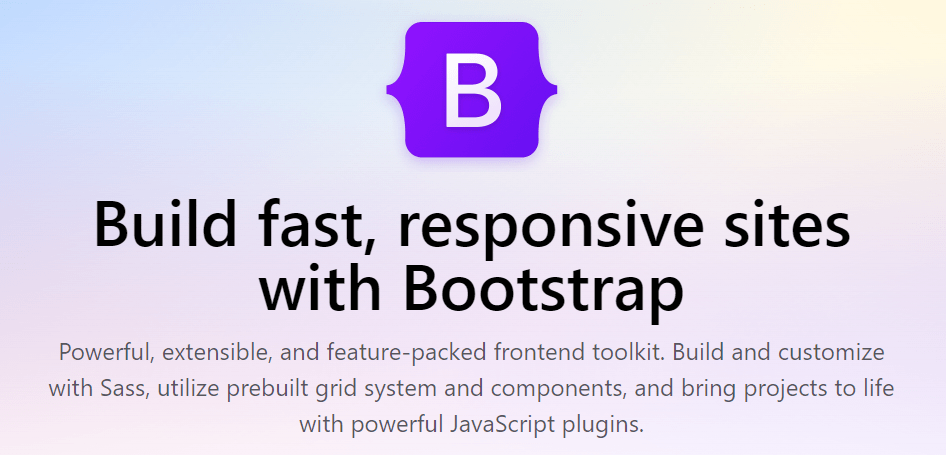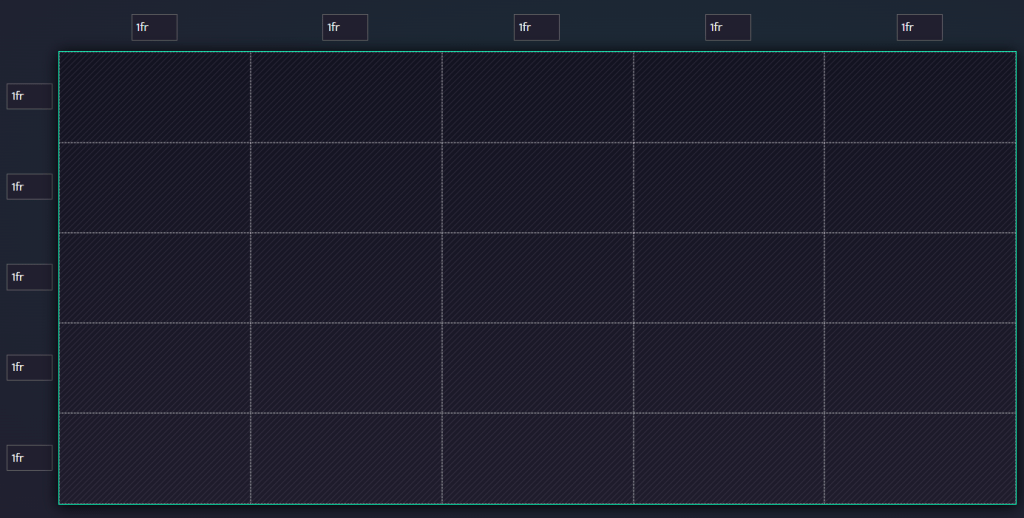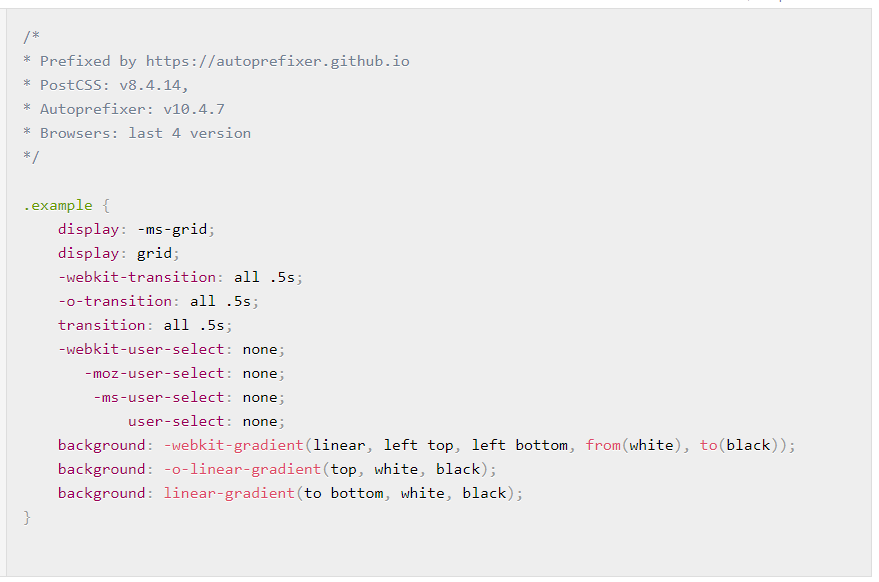As a web designer, having the right tools at your disposal can make a world of difference in your workflow and the quality of your designs. CSS (Cascading Style Sheets) is a fundamental technology for styling web pages, and using the right CSS tools can greatly enhance your productivity and creativity. In this comprehensive guide, we’ll explore the top 10 CSS tools that every web designer should know about.
CSS (Cascading Style Sheets) is an essential part of web design, allowing designers to style and structure web pages. To streamline your CSS workflow and create stunning designs, it’s crucial to leverage the right tools. In this guide, we’ll explore the top 10 CSS tools that every web designer should have in their toolkit.
Table of Contents
Here is 10 CSS Tools list
1. Sass
Sass is a powerful CSS preprocessor that extends CSS with features like variables, nesting, mixins, and more. It allows you to write cleaner and more maintainable CSS code. Here’s an example of using variables in Sass:

$primary-color: #3498db;
.btn {
background-color: $primary-color;
color: white;
}
2. PostCSS
PostCSS is a tool that transforms CSS with JavaScript plugins. It can be used for tasks like autoprefixing, minification, and more. Here’s an example of using Autoprefixer with PostCSS:

// postcss.config.js
module.exports = {
plugins: [
require('autoprefixer'),
// Other plugins...
]
};
3. Bootstrap
Bootstrap is a popular front-end framework that provides pre-designed CSS styles and components. It simplifies responsive design and offers ready-to-use layouts. Here’s an example of using a Bootstrap grid system:

<div class="container">
<div class="row">
<div class="col-md-6">Column 1</div>
<div class="col-md-6">Column 2</div>
</div>
</div>
4. Tailwind CSS
Tailwind CSS is a utility-first CSS framework that helps you build custom designs by composing utility classes. Here’s an example of using Tailwind CSS classes:

<button class="bg-blue-500 hover:bg-blue-700 text-white font-bold py-2 px-4 rounded">
Button
</button>
5. CSS Grid Generator
CSS Grid Generator is an online tool for creating CSS Grid layouts. It offers visual controls for grid customization. Here’s an example of a CSS Grid layout:

.container {
display: grid;
grid-template-columns: repeat(3, 1fr);
gap: 20px;
}
6. Autoprefixer
Autoprefixer is a PostCSS plugin that adds vendor prefixes to CSS. It ensures cross-browser compatibility. Here’s an example of using Autoprefixer:

/* Input */
.example {
display: flex;
}
/* Output */
.example {
display: -webkit-box;
display: -ms-flexbox;
display: flex;
}
7. CSSLint
CSSLint helps improve CSS code quality by identifying errors and enforcing best practices. Here’s an example of a CSSLint rule for disallowing empty rules:

{
"empty-rules": 2
}
8. CSS Gradient Generator
CSS Gradient Generator is a tool for creating custom CSS gradients. Here’s an example of a linear gradient:

.gradient {
background: linear-gradient(360deg, #3b5b5c, #ffb56b);
}
9. CSScomb
CSScomb organizes and formats CSS code according to style guidelines. Here’s an example of using CSScomb for sorting properties:
{
"sort-order": [
["position", "top", "right", "bottom", "left"],
["display", "visibility"],
// Other property groups...
]
}
10. Can I Use
Can I Use is a resource for checking browser support for CSS features. Here’s an example of checking support for CSS Grid:
These top 10 CSS tools cover everything from preprocessors to frameworks, utilities, and compatibility resources. Incorporating these tools into your workflow can enhance productivity, creativity, and the quality of your web designs. Experiment with them, explore their features, and elevate your CSS skills to new heights. Happy styling!








